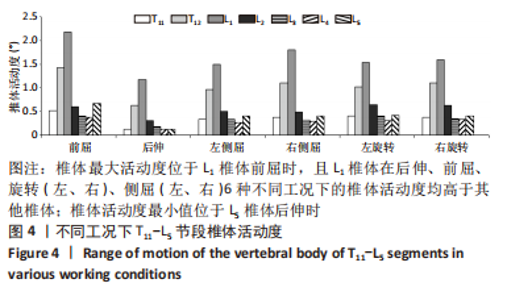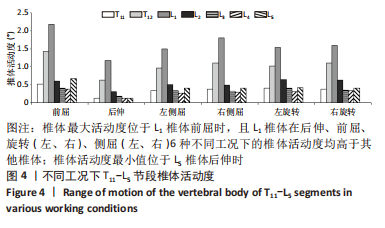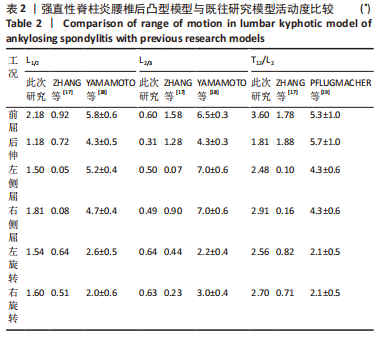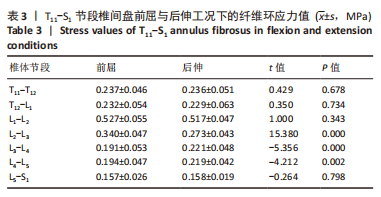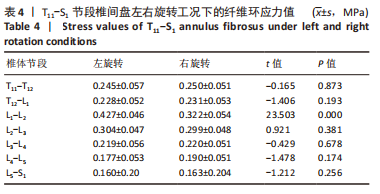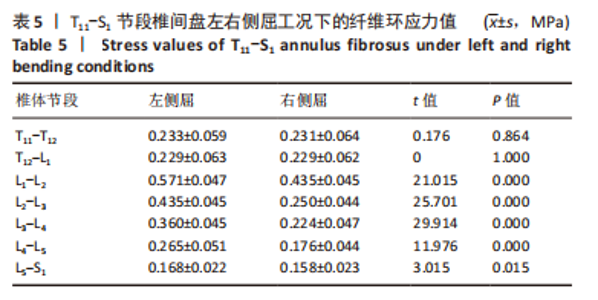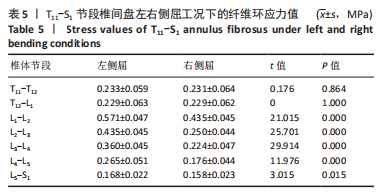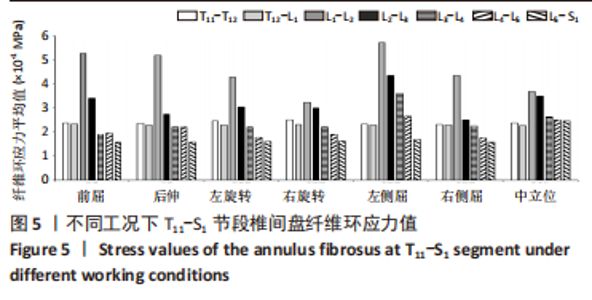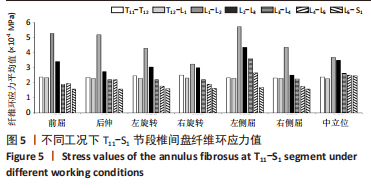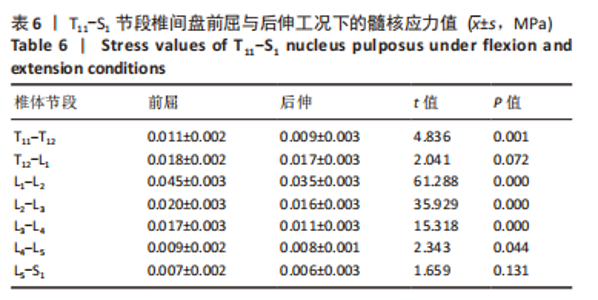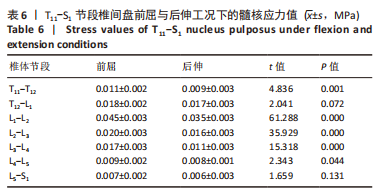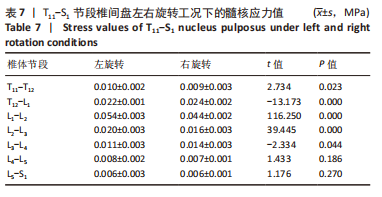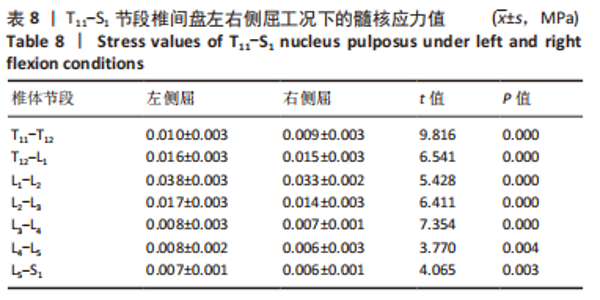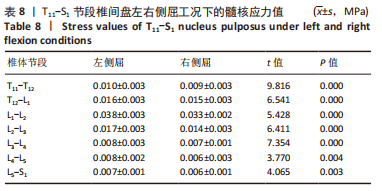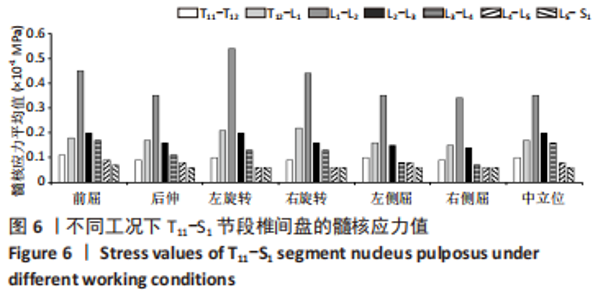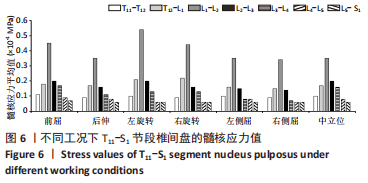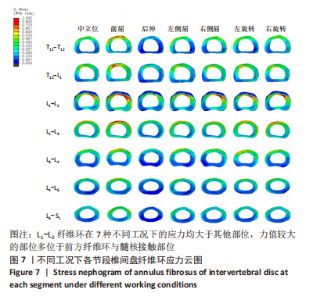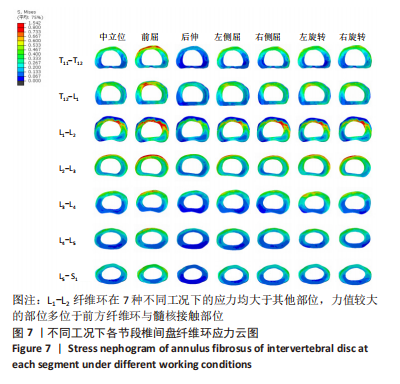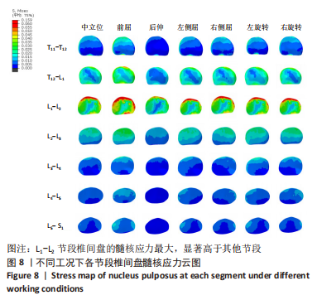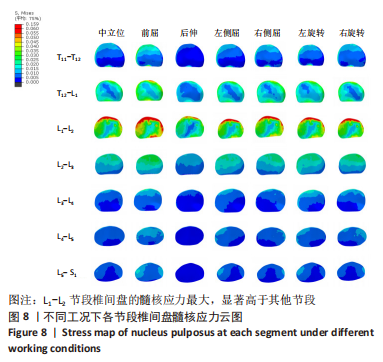[1] 徐天睿,陈峰嵘,陈小林,等.强直性脊柱炎合并髋关节受累的相关因素研究[J].中国骨与关节损伤杂志,2021,36(11):1185-1187.
[2] 曹顺海,梅伟,王祥善,等.强直性脊柱炎合并胸腰椎骨折的手术方式选择[J].中国骨与关节损伤杂志,2021,36(11):1133-1136.
[3] WANG CM, LIU MK, JAN WU Y, et al. Functional ERAP1 Variants Distinctively Associate with Ankylosing Spondylitis Susceptibility under the Influence of HLA-B27 in Taiwanese. Cells. 2022;11(15):2427.
[4] 冀肖健,王一雯,胡立冬,等.C反应蛋白水平与有薪工作的强直性脊柱炎患者工作能力损失的相关性研究初探:基于脊柱关节炎智能移动管理系统的真实世界数据[J].中华内科杂志,2022,61(1):99-103.
[5] COSTANTINO F, BREBAN M, GARCHON HJ. Genetics and functional genomics of spondyloarthritis. Front Immunol. 2018;9:2933.
[6] MORIN M, HELLGREN K, FRISELL T. Familial aggregation and heritability of ankylosing spondylitis–a Swedish nested case–control study. Rheumatology. 2020;59(7):1695-1702.
[7] EXARCHOU S, LINDSTRÖM U, ASKLING J, et al. The prevalence of clinically diagnosed ankylosing spondylitis and its clinical manifestations: a nationwide register study. Arthritis Res Ther. 2015;17(1):118.
[8] CHEN HH, CHEN YM, LAI KL, et al. Gender difference in ASAS HI among patients with ankylosing spondylitis. PLoS One. 2020;15(7):e0235678.
[9] KHANNA I, TASSIULAS I. Ankylosing spondylitis.Rheumatology for Primary Care Providers, Springer, Cham, 2022:371-403.
[10] 刘蕊,孙琳,李常虹,等.强直性脊柱炎的脊柱手术原因分析[J].北京大学学报(医学版),2017,49(5):835-839.
[11] 胡俊,钱邦平,邱勇,等.强直性脊柱炎患者腰椎骨化程度和后凸程度与生活质量的相关性分析[J].中国脊柱脊髓杂志,2015,25(9):781-786.
[12] 乔木,钱邦平,邱勇,等.顶椎远端截骨治疗强直性脊柱炎胸腰椎后凸畸形[J].中国脊柱脊髓杂志,2019,29(10):868-874.
[13] 谢江,代杰,李辉,等.基于骨盆矢状位参数恢复强直性脊柱后凸矢状面平衡的生物力学分析[J].中国组织工程研究,2021,25(30):4762-4766.
[14] BASARAN R, EFENDIOGLU M, KAKSI M, et al. Finite element analysis of short-versus long-segment posterior fixation for thoracolumbar burst fracture. World Neurosurg. 2019;128:e1109-e1117.
[15] XIA C, YANG S, LIU J, et al. Finite element study on whether posterior upper wall fracture is a risk factor for the failure of short-segment pedicle screw fixation in the treatment of L1 burst fracture. Injury. 2021;52(11):3253-3260.
[16] LU H, ZHANG Q, DING F, et al. Establishment and validation of a T12-L2 3D finite element model for thoracolumbar segments. Am J Transl Res. 2022;14(3):1606-1615.
[17] ZHANG T, WANG Y, ZHANG P, et al. Different fixation pattern for thoracolumbar fracture of ankylosing spondylitis: A finite element analysis. PLoS One. 2021;16(4): e0250009.
[18] YAMAMOTO I, PANJABI MM, CRISCO T, et al. Three-dimensional movements of the whole lumbar spine and lumbosacral joint. Spine (Phila Pa 1976). 1989; 14(11):1256-1260.
[19] PFLUGMACHER R, SCHLEICHER P, SCHAEFER J, et al. Biomechanical comparison of expandable cages for vertebral body replacement in the thoracolumbar spine. Spine (Phila Pa 1976). 2004;29(13):1413-1419.
[20] YADAV D, GARG RK. Comparative Analysis of Mechanical Behavior of Femur Bone of Different Age and Sex Using FEA. Advances in Mechanical Engineering and Technology, Springer, Singapore, 2022:27-35.
[21] HU X, JIANG M, HONG Y, et al. Single‐level cervical disc arthroplasty in the spine with reversible kyphosis: A finite element study. JOR Spine. 2022;5(2):e1194.
[22] ZHANG W, ZHAO J, JIANG X, et al. Thoracic vertebra fixation with a novel screw-plate system based on computed tomography imaging and finite element method. Comput Methods Programs Biomed. 2020;187:104990.
[23] ZHANG Q, ZHANG Y, CHON TE, et al. Analysis of stress and stabilization in adolescent with osteoporotic idiopathic scoliosis: finite element method. Comput Methods Biomech Biomed Engin. 2023;26(1):12-24.
[24] KANSAL MM, WOLSKA B, VERHEYE S, et al. Adaptive coronary artery rotational motion through uncaging of a drug-eluting bioadaptor aiming to reduce stress on the coronary artery. Cardiovasc Revasc Med. 2022;39:52-57.
[25] PARK S, PARK J, KANG I, et al. Effects of assessing the bone remodeling process in biomechanical finite element stability evaluations of dental implants. Comput Methods Programs Biomed. 2022;221:106852.
[26] 张红凤,郭庆昕,游主权,等.强直性脊柱炎患者关节液特征分析[J].临床检验杂志,2022,40(7):538-540.
[27] 荣兵,杜书浩.针灸治疗强直性脊柱炎的临床研究进展[J].山西医药杂志, 2021,50(9):1436-1439.
[28] Atzeni F, Nucera V, Galloway J, et al. Cardiovascular risk in ankylos-ing spondylitis and the effect of anti-TNF drugs:a narrative review. Expert Opin Biol Ther. 2020;20(5):517-524.
[29] 吴文锐,罗斯敏,刘宁,等.全髋关节置换术对强直性脊柱炎髋关节病变患者工作能力及功能恢复的影响[J].南方医科大学学报,2018,38(07):879-883.
[30] KILIC G, SENOL S, BASPINAR S, et al. Degenerative changes of lumbar spine and their clinical implications in patients with axial spondyloarthritis. Clin Rheumatol. 2023;42(1):111-116.
[31] 高鸣,郑清源,冀全博,等.晚期强直性脊柱炎已融合髋膝关节置换术后活动度研究[J].中国矫形外科杂志,2021,29(5):476-478.
[32] LEE S, KIM SY. Comparison of chronic low-back pain patients hip range of motion with lumbar instability. J Phys Ther Sci. 2015;27(2):349-351.
[33] CUI Y, SHEN H, CHEN Y, et al. Study on the process of intervertebral disc disease by the theory of continuum damage mechanics. Clin Biomech (Bristol, Avon). 2022;98:105738.
[34] LI M, LIANG Y, WU X, et al. Study on the correlation of spinal mechanics imbalance and thoraco-dorsal pain in ankylosing spondylitis. Chin J Rheumatol. 2019:170-174.
[35] JI Y, ZHANG Q, SONG Y, et al. Biomechanical characteristics of 2 different posterior fixation methods of bilateral pedicle screws: A finite element analysis. Medicine (Baltimore). 2022;101(36):e30419.
[36] 秦计生,王昱,彭雄奇,等.全腰椎三维有限元模型的建立及其有效性验证[J].医学生物力学,2013,28(3):321-325.
[37] 卢钰,郑太才,王琪,等.不同体位下斜扳手法治疗腰椎间盘突出的三维有限元分析[J].中国组织工程研究,2021,25(36):5872-5877.
|


